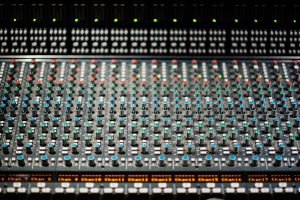The RS232/485 port consecutively sends and receives bytes filled with information one bit at a time. Although the serial method is somewhat slower than parallel communication, which allows the transmission of an entire byte at once, it is far simpler and can be employed over longer distances because power consumption is lower than that of parallel one. As an example, the IEEE 488 standard for parallel communication requires that the cabling between equipment can be no more than 20 meters total, with no more than 2 meters between any two connected devices. On the other hand, RS232/485 cabling is possible to be extended 1200 meters or greater.
Typically, RS232/485 is employed to transmit American Standard Code for Information Interchange (ASCII) data. Although National Instruments serial hardware is able to transmit 7-bit as well as 8-bit data packages, many applications use 7-bit data. Seven-bit ASCII can represent the English alphabet, decimal numbers, and common punctuation marks. It is a standard protocol that virtually all hardware and software are able to comprehend. Serial communication is completed employing three transmission lines: (1) ground, (2) transmit, and (3) receive. Due to the fact that RS232/485 communication is asynchronous, the serial port is able to send and receive data on one line while also sending and receiving data on another. Other lines are also available, but are not required nor are they employed. The crucial serial characteristics are baud rate, data bits, stop bits, and parity. These parameters must match to allow communication between a serial device and a serial port on a computer.
The RS-232 port, or ANSI/EIA-232 port, is the serial connection which one is able to come across on most PCs. It is used for many purposes, such as connecting a mouse, a printer, or a modem, as well as other various industrial instrumentation. The RS-232 protocol is able to withstand only one device connected to each port. The RS485 (EIA-485 Standard) protocol is able to have 32 devices connected to each port. With this enhanced multidrop capability, one can create networks of devices connected to a single RS-485 serial port. Noise immunity and multidrop capability make RS-485 the serial connection of choice in industrial applications which are in need of many distributed instruments and peripherals connected to a PC or other controller for data collection.






